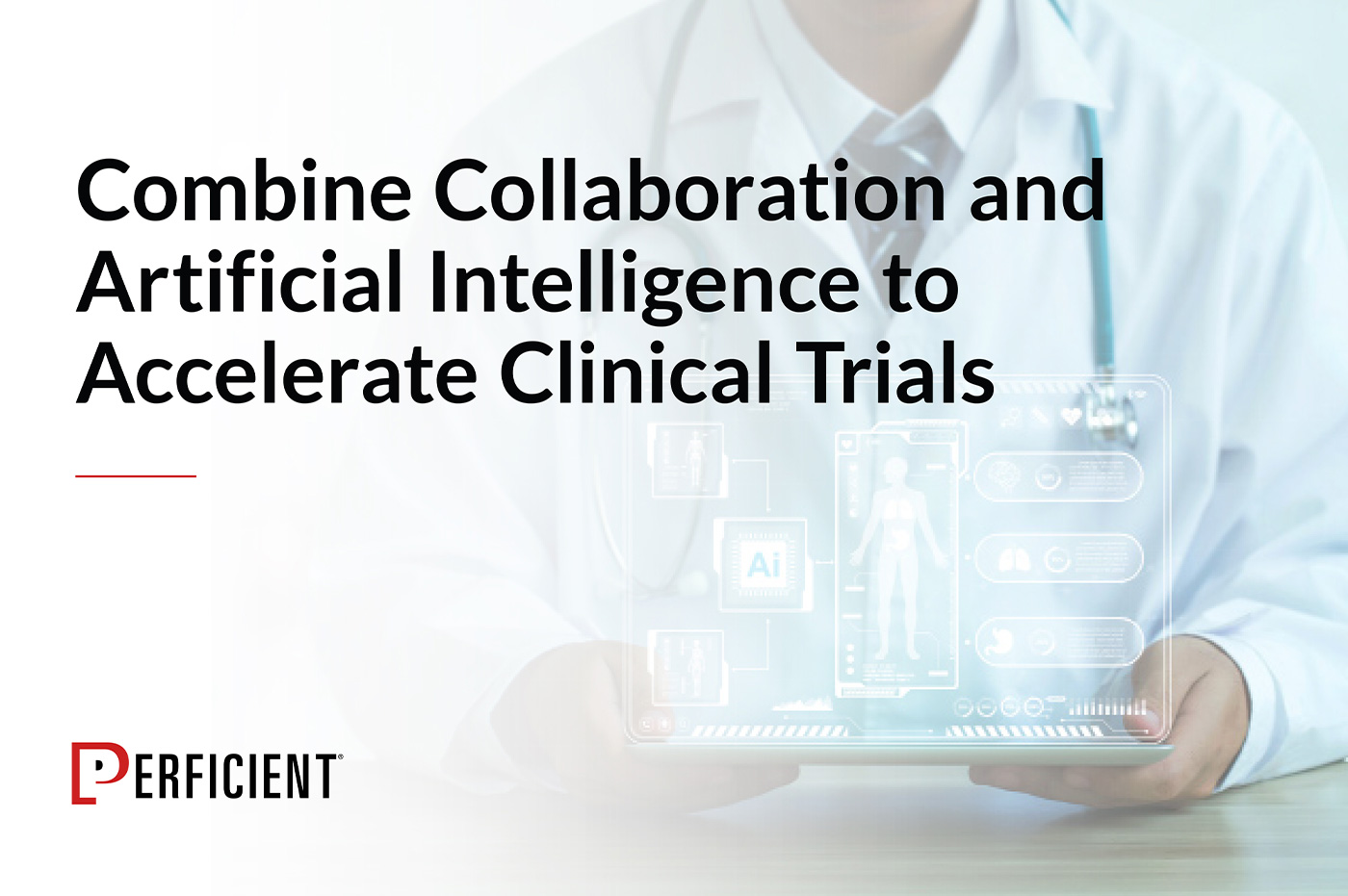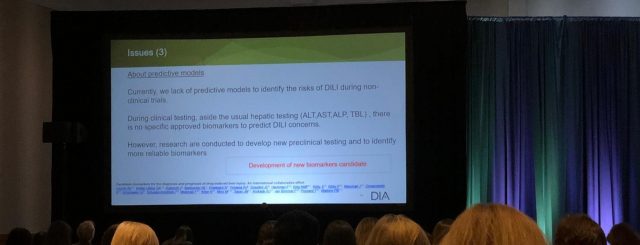This afternoon at the DIA Pharmacovigilance and Risk Management Strategies Conference in Washington, D.C, we are digging down into one of the cruxes of surveillance in pharmacovigilance (PV); drug-induced live injury (DILI). Vicky and I attended a panel consisting of hepatic experts sharing information on the latest drug-related DILI and the best way to detect it.
While we know much about the importance of hepatic function for drug metabolism and clearing the drug; it’s been a reality check. DILI is now more iterative to detect; there is no gold standard. In fact, ten percent of marketed drug withdrawals are due to DILI.
There are three types of Drug-Induced Live Injury:
- Direct (meaning dose-related to the drug)
- Indirect (effects of the drug that are unanticipated)
- Idiosyncratic (meaning we are idiots and don’t know the cause).
The bottom line is surveillance of the PV data throughout the life cycle of the drug to surely for DILI; it can be a deal-breaker for treatment. Know what you are looking for and find it quickly. Also, with the entry of new drug categories such as biologics; we are learning that it’s far more complex to diagnose.
Join us for a webinar
Perficient will be hosting a webinar on February 6th, 2020, where PV – Hawk will be demonstrated, including its ability to compare PV data with other sources of data such as FDA AERS.


